
Light Bulbs: Wattage, what is it and does it matter?
Search
Main Article: Choosing the Right Light Bulb: Everything you Need to know
Understanding Light Bulb Wattage
Wattage is in general how much electrical power is used by a light fixture or lamp. It doesn't necessarily match to how much light is output, but a higher wattage generally outputs more light than a lower wattage, in the same type of bulb. Wattage not only affects the brightness of your lighting but also influences energy consumption and costs.
What Does Watts Mean Electrically?
In simple terms, a watt (W) is a way to measure how much electricity a device uses. Think of it like measuring how fast a car is going; the more watts, the more energy is being used at that moment. For example, if a light bulb uses 60 watts, it means it consumes a certain amount of energy every second it’s on. Understanding watts helps you know how much power different light bulbs need and can guide you in choosing energy-efficient options for your home or office.
Typical Light Bulb Wattages
Light bulbs are available in various wattages, with each type serving specific purposes and offering different energy efficiencies. Watts is often abbreviated as a "W" after the wattage, e.g. 60W means 60 watts. Here are some common wattages for standard light bulbs:
- Incandescent Bulbs: Traditionally, incandescent bulbs have been available in wattages ranging from 40W to 100W. A 60W bulb is one of the most popular choices for general lighting in homes.
- Halogen Bulbs: These bulbs typically consume slightly less energy than incandescent bulbs, with common wattages including 40W, 50W, and 75W.
- Compact Fluorescent Lamps (CFLs): CFLs are more energy-efficient, often using about 13W to 15W to produce the same light output as a 60W incandescent bulb.
- Light Emitting Diodes (LEDs): LEDs represent the pinnacle of energy efficiency, consuming only about 8W to 10W to produce the same brightness as a 60W incandescent bulb.
Understanding these typical wattages allows you to make informed decisions about energy usage and costs associated with lighting.
How Different Types of Bulbs Use Different Amounts of Wattage
Different types of light bulbs use varying amounts of wattage to produce similar amounts of light. For instance, while a 60W incandescent bulb produces around 800 lumens of light, a CFL only needs about 13W to generate the same level of brightness. LEDs take it a step further, achieving approximately 800 lumens with just 8-10W. This is due to the different technologies used in each bulb type:
- Incandescent Bulbs: These bulbs operate by heating a filament until it glows. The process is inefficient, as much of the energy is lost as heat rather than light.
- Halogen Bulbs: A subtype of incandescent bulbs, halogens use a halogen gas that allows for a higher efficiency, generating more light per watt.
- CFLs: Compact fluorescent lamps utilize an electric current to excite mercury vapor, which produces ultraviolet light. This light then interacts with a phosphor coating inside the bulb, creating visible light.
- LEDs: Light-emitting diodes convert electricity directly into light, resulting in minimal energy loss. Their design allows for longer lifespans and lower energy consumption compared to other types.
Understanding the wattage and efficiency of these bulb types helps consumers choose the best lighting options for their needs while also considering energy costs.
The Role of Lumens in Brightness Measurement
In recent years, lumens have become the preferred unit of measurement for brightness in light bulbs, replacing wattage as the primary indicator of light output. A lumen measures the total amount of visible light emitted by a source. For example, a typical 60W incandescent bulb emits about 800 lumens.
Using "lumens" to refer to "brightness" is essential because it highlights the effectiveness of the bulb rather than the energy consumed. This means that you can easily compare the brightness of different bulb types without getting bogged down by wattage. For instance, knowing that an LED bulb provides 800 lumens while consuming only 10W is much more informative than just focusing on wattage. And a low wattage wouldn't necessarily imply that it's very bright.
How Wattage Relates to Electrical Bills
The wattage of your light bulbs directly impacts your electricity bill. Since energy consumption is billed by the kilowatt-hour (kWh) - ie how many thousands of watts you used in an hour, understanding how wattage translates to cost can help you make more economical choices.
To calculate the cost of running a bulb, you can use the formula: Cost = (Wattage / 1000) × Hours Used × Cost per kWh.
For example, if you use a 60W incandescent bulb for 5 hours a day, and your energy cost is $0.15 per kWh, your monthly cost would be: Cost = (60 / 1000) × 5 × 30 × 0.15 = $1.35.
In contrast, an LED bulb of only 10W used for the same duration would cost: Cost = (10 / 1000) × 5 × 30 × 0.15 = $0.25. As demonstrated, opting for energy-efficient bulbs can lead to significant savings over time.
Comparing Bulb Costs Based on Wattage
While it may be tempting to choose the least expensive bulb upfront, the long-term costs associated with wattage and energy consumption should be considered. Energy-efficient bulbs like LEDs typically have a higher initial cost compared to incandescent or CFLs, but they offer lower operating costs and longer lifespans.
For example, an LED bulb may cost $10 upfront but can last 25,000 hours. In contrast, a 60W incandescent bulb costing $2 may only last around 1,000 hours. When evaluating cost-effectiveness, consider both the initial price and the energy savings over time.
Wattage Ratings of Sockets: Safety Considerations
When selecting light bulbs, it’s crucial to pay attention to the wattage ratings of your sockets. Each socket has a maximum wattage rating that should not be exceeded. Using a bulb that exceeds this limit can create a fire hazard, potentially damaging the fixture or causing electrical issues.
Most standard fixtures are rated for 60W, 100W, or similar wattages. However, using lower-wattage bulbs is perfectly acceptable and can help in energy savings. For instance, replacing a 60W incandescent bulb with a 10W LED in a standard socket is not only safe but also significantly reduces energy consumption.
Moreover, this flexibility allows you to achieve brighter lighting without risking safety. For example, you can use a 10W LED bulb that produces the same brightness as a 100W incandescent bulb in a socket rated for 60W, because 10 is still less than 60 even if the bulb is brighter. This means you can enjoy brighter illumination while still operating within safe wattage limits, providing a practical solution for enhancing your lighting without excessive energy use.
Wrapping it up
Understanding light bulb wattage is essential for making informed choices about your lighting needs. By grasping the concept of watts, recognizing the efficiency of different bulb types, and considering how wattage impacts electrical bills, you can optimize your lighting solutions for both performance and cost.
While it’s crucial to use an appropriate wattage bulb for electrical safety reasons, ensuring that you do not exceed the socket’s maximum rating, you still have flexibility due to the variety of bulb types available. Transitioning to energy-efficient bulbs like LEDs or CFLs not only allows you to enjoy brighter spaces but also helps you stay within safe wattage limits while significantly reducing energy consumption.
Ultimately, making wise choices about wattage can lead to both enhanced lighting and cost savings, making your home or workspace more enjoyable and efficient in the long run. By considering the wattage ratings of sockets and the lumens produced by various bulbs, you can illuminate your environment safely and effectively.
Learn more about Light Bulbs
The different types of light bulb technologies
Choosing the right light bulb base for the socket
How to safely screw in various kinds of light bulbs
The different shapes of light bulbs
Smart Bulbs, their benefits and features
How to find the brightness of a light bulb
The different colors of bulbs, warm white, cool white and more
What are Full Spectrum and Natural Daylight bulbs?
What is Color Rendering Index (CRI), and why does it matter
How to avoid glare and harsh light
Wattage, what is it and does it matter?
When light bulbs get hot take safety precautions
How long do they last and when will they need replacing
How much do they really cost to run?
Explore Topics

Table of Contents
Light Bulbs: Wattage, what is it and does it matter?Understanding Light Bulb WattageWhat Does Watts Mean Electrically?Typical Light Bulb WattagesHow Different Types of Bulbs Use Different Amounts of WattageThe Role of Lumens in Brightness MeasurementHow Wattage Relates to Electrical BillsComparing Bulb Costs Based on WattageWattage Ratings of Sockets: Safety ConsiderationsWrapping it upLearn more about Light BulbsCommentsShopping Ideas
Trending
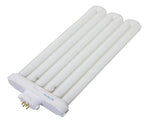
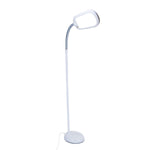

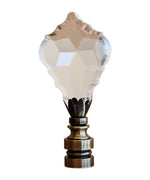

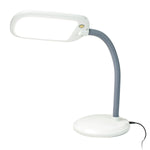




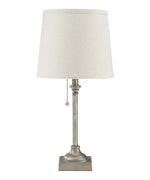


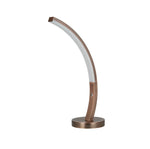
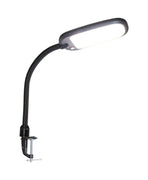


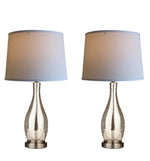
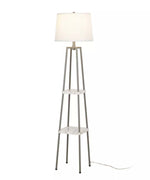










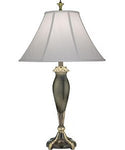

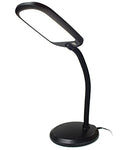


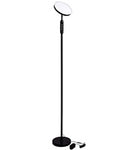

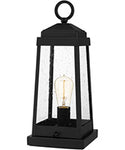
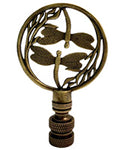
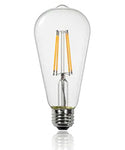
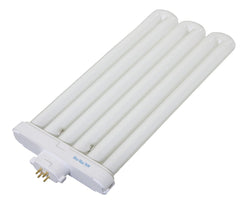
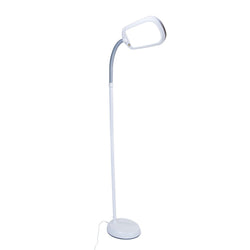
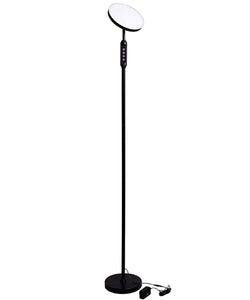
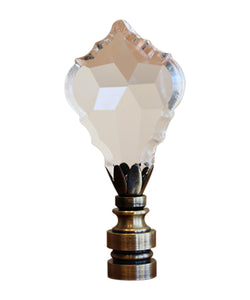
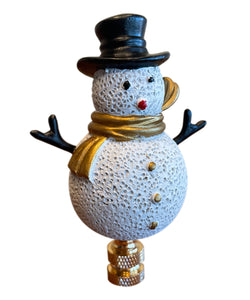

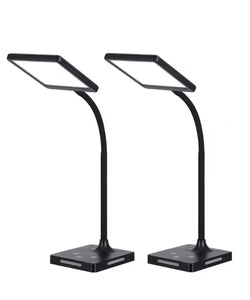

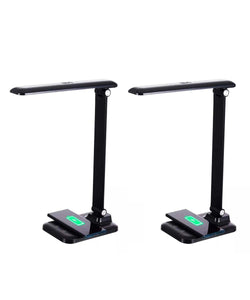


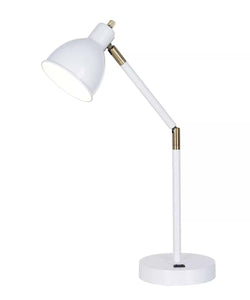
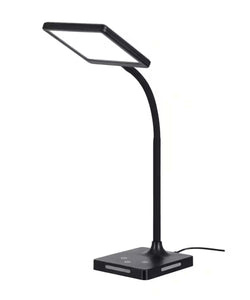

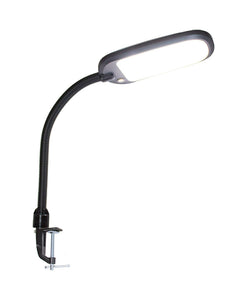

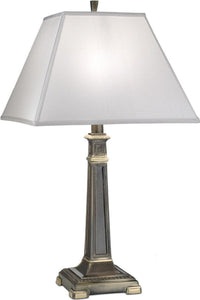

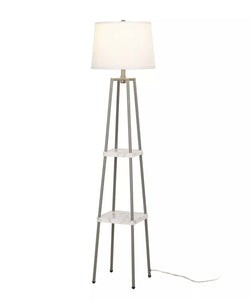
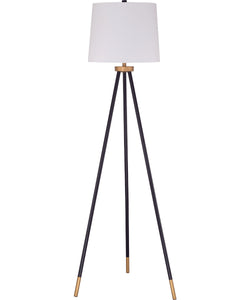
Comments